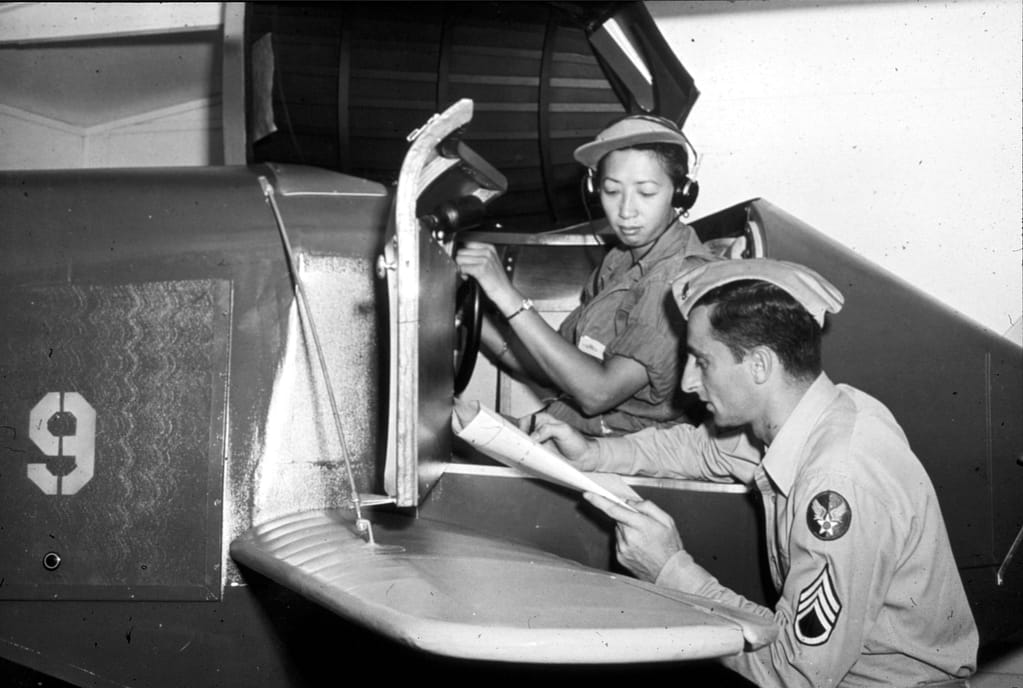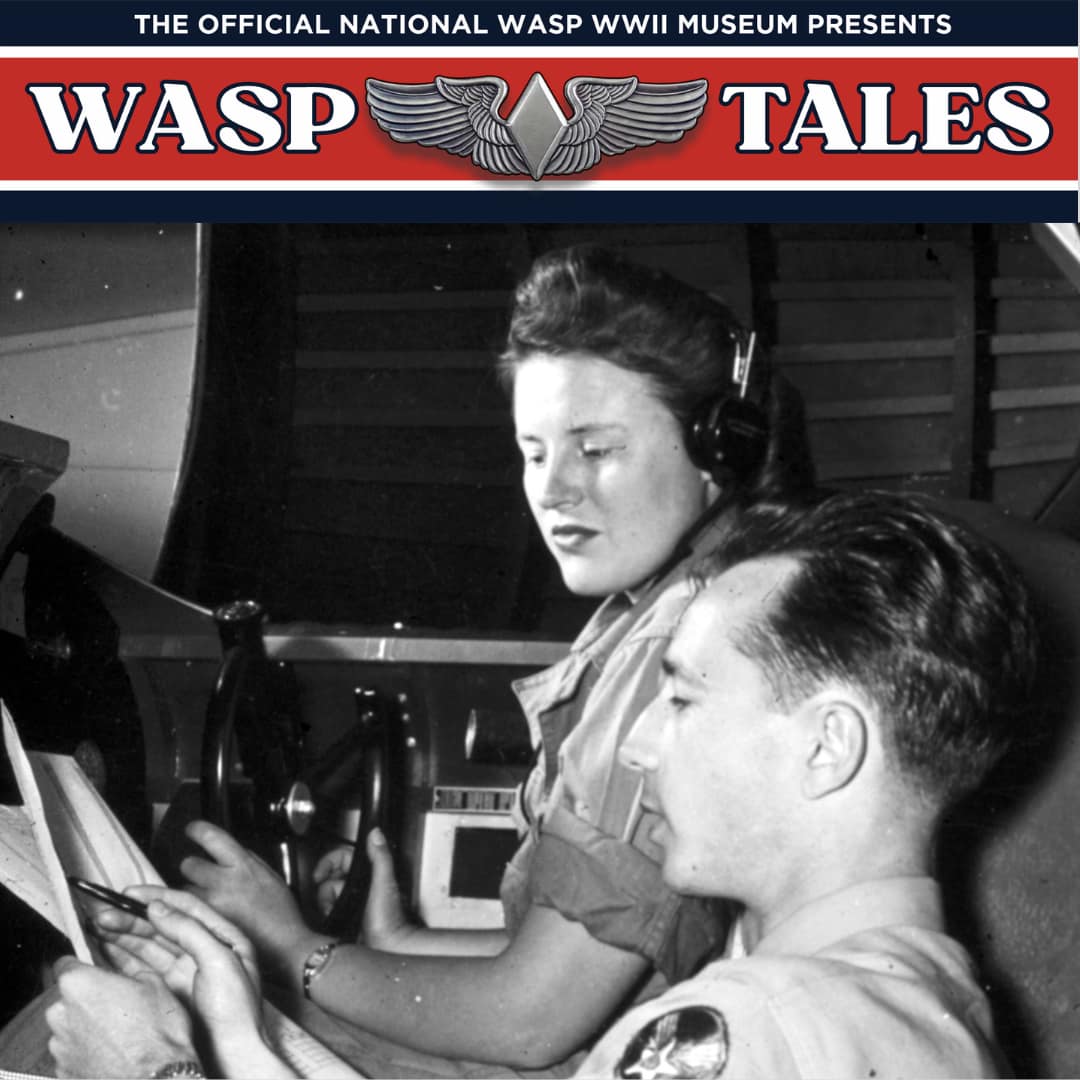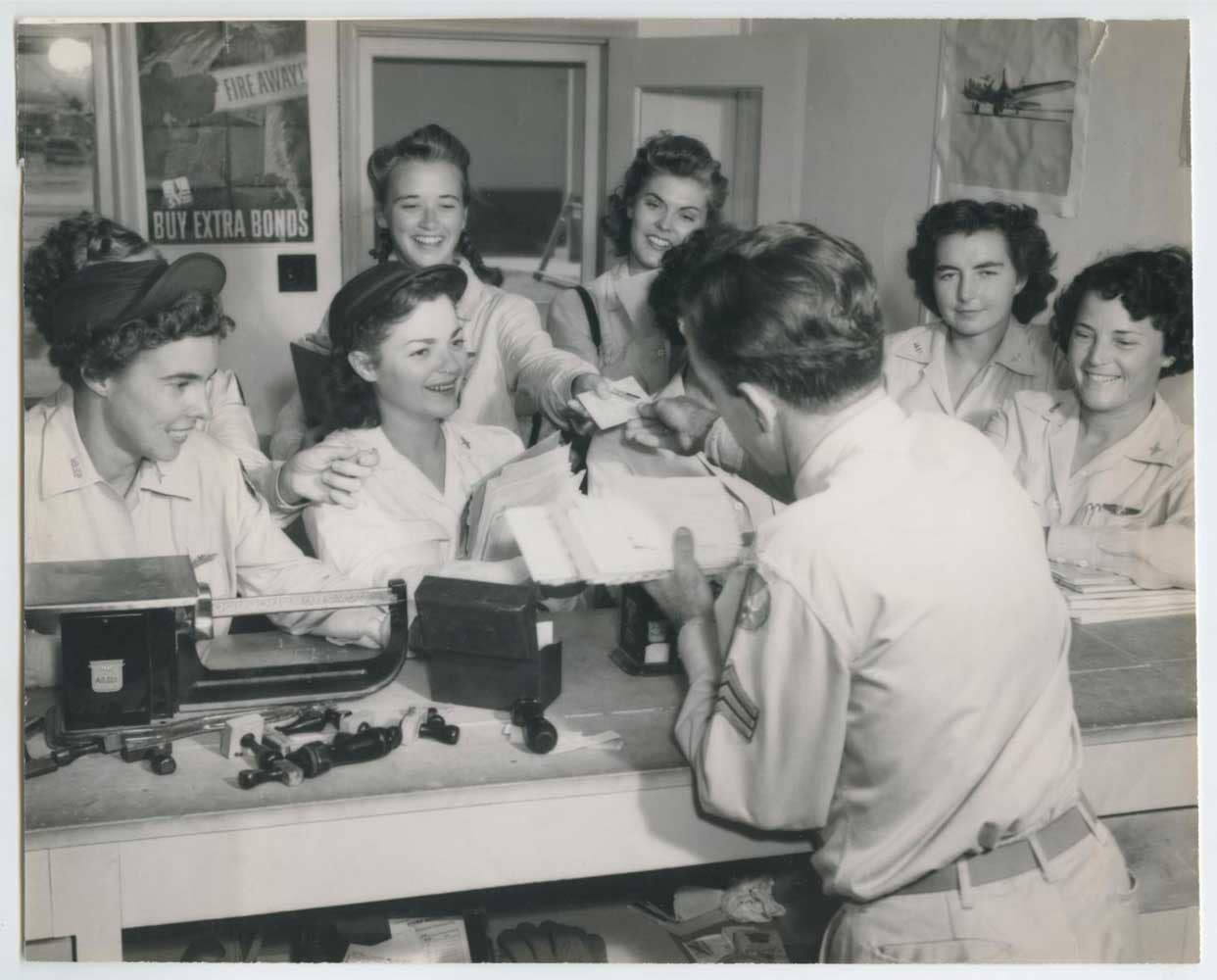On September 24, 1929, one of the greatest milestones in aviation took place at the Full Flight Laboratory at Mitchel Field on Long Island when Army Lt. James Doolittle made the first ‘blind flight’ from Mitchel only by reference to instruments on board a Consolidated NY-2 Husky training aircraft. With all orientation to the Earth and sky completely obscured by a hooded enclosure over the cockpit, Doolittle took off, ascended, and flew a 15-mile course, returning to Mitchel Field where he safely landed after receiving directional guidance from a radio range course and radio marker beacons indicating his distance from the runway. The experimental gyroscopic compass, artificial horizon, and precision altimeter were developed by Elmer Sperry Jr. and Paul Kollsman. Funding for this courageous and experimental ‘first flight’ was provided by the Daniel Guggenheim Fund for the Promotion of Aeronautics.

Later that year, another major stride toward instrument flight arrived with the invention of a flight simulator called the Link Trainer, also known as the ‘Blue Box’ and ‘Pilot Trainer. The original Link Trainer was developed in 1929 by Edwin Link as a safe way to instruct pilots how to fly by instruments and it provided a pilot with a realistic simulation of actual flight.

Edwin ‘Ed’ Link was born in Huntington, Indiana. In 1910 his family moved to Binghamton, NY where his father purchased a music firm that he renamed the Link Player Piano and Organ Co. In his early
twenties, Ed struggled with the considerable expense of obtaining a pilot’s license. At the family’s factory he began tinkering with piano and organ parts, bellows and pumps, in order to create a training simulator that aspiring pilots could sit in and learn to fly safely and inexpensively in without leaving the ground. And here is where Ed Link began his multi-faceted career as an inventor and pioneer in the field of flight simulation and ocean engineering.

The Link Trainer resembled an overgrown toy airplane from the outside, with short wooden wings and fuselage mounted on a universal joint. Sitting on four pneumatic bellows controlled by valves connected to the control stick and rudder pedals, the Link Trainer converted the pilot’s movements of the controls to pneumatic signals, rotating a series of mechanical linkages causing it to turn, pitch, and bank. An instructor (very often a service member of the WAAC- Women’s Army Auxiliary Corps or Navy WAVES during World War II), sat at a desk and transmitted radio messages into the enclosed ‘cockpit’ of the simulator, which the student pilot heard through earphones. This allowed the pilot to learn to fly on instruments and improve their flying skills while still on the ground. With the outbreak of World War II, the need for pilots with instrument training grew tremendously and with that the war brought orders for thousands of Link Trainers from the United States. Although U.S. Army Air Forces cadets learned to fly on Primary, Basic, and Advanced trainers, nearly every one of them had instrument training in the Link Trainer, including women training to fly for the WASP program.
From its inception through today’s advanced versions, the Link Trainer has helped develop the flying skills of hundreds of thousands of pilots and significantly improved flying safety.


Written by: Julia Lauria-Blum
Photos courtesy of: National WASP WWII Museum and ASME.org
About Julia Lauria-Blum:
Julia Lauria-Blum earned a degree in the Visual Arts at SUNY New Paltz. An early interest in women aviation pioneers led her to research the Women Airforce Service Pilots of WWII. In 2001 she curated the permanent WASP exhibit at the American Airpower Museum (AAM) in Farmingdale, NY, and later curated ‘Women Who Brought the War Home, Women War Correspondents, WWII’ at the AAM. She is the former curatorial assistant & collections registrar at the Cradle of Aviation Museum on Long Island and is currently editor-in-chief for Metropolitan Airport News.
Julia is the proud mother of two daughters and a rescued Boxer. Her many interests include swimming, painting, traveling, aviation history, cooking, and storytelling.


